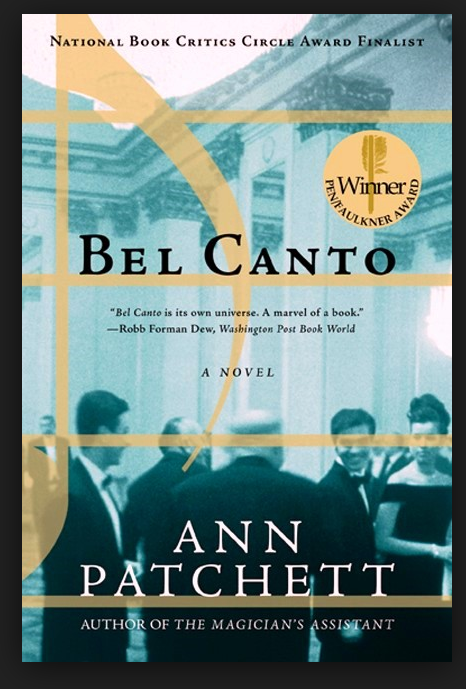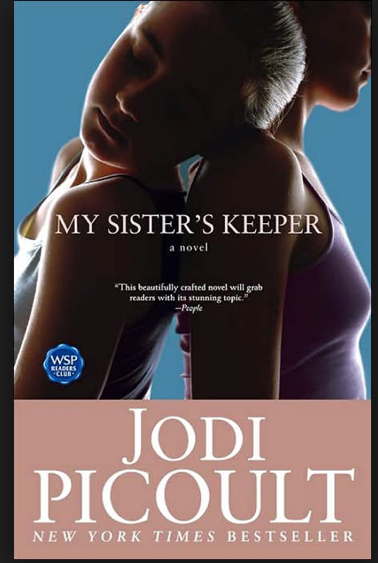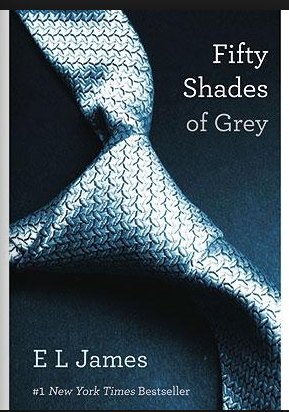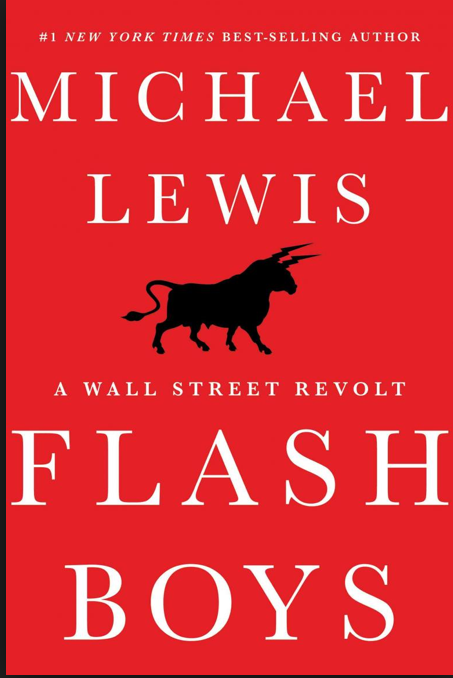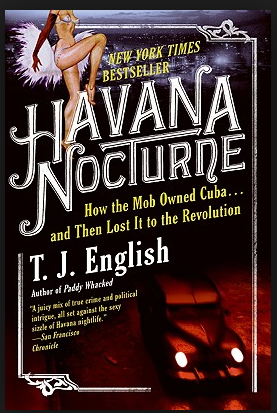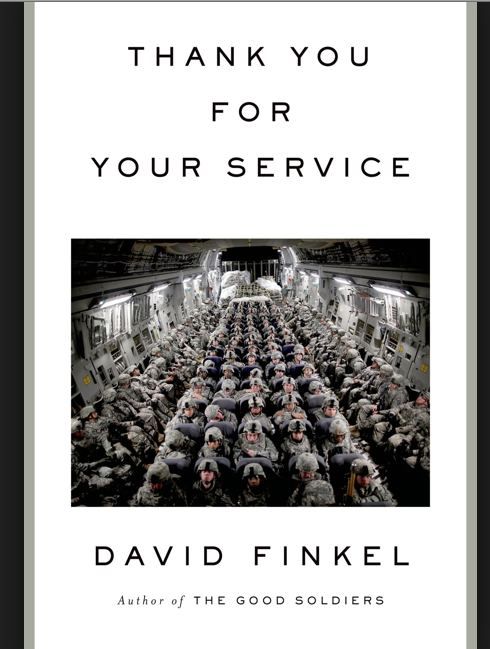Southland by Nina Revoyr
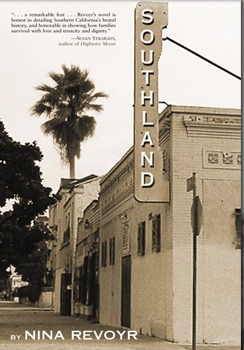 Southland by Nina Revoyr– Having recently read and reviewed a great book mostly about social justice in Los Angeles ( see previously reviewed book in this blog) which included some insight into the history of racial conflicts and violence in this city, I was very receptive to picking up this novel. In fact, it did deal with these subjects with a compelling storyline which focused on the struggles of Japanese-Americans including their relationships with African Americans in Los Angeles over the past 50 plus years.
Southland by Nina Revoyr– Having recently read and reviewed a great book mostly about social justice in Los Angeles ( see previously reviewed book in this blog) which included some insight into the history of racial conflicts and violence in this city, I was very receptive to picking up this novel. In fact, it did deal with these subjects with a compelling storyline which focused on the struggles of Japanese-Americans including their relationships with African Americans in Los Angeles over the past 50 plus years.
The opening setting is the 1990s and Jackie Ishida is a Japanese-American young woman, preparing to enter law school and who also happens to be a lesbian whose grandfather Frank Sakari suddenly passes away. She comes into possession of a forgotten old box in his closet, that had a few clippings, some pictures and a great deal of cash with a note that it should be given to Curtis, a young teenager who worked in his old grocery store that was destroyed in Watts riots. It is well known to the family that those difficult times were very traumatic for many people including Frank not only because of the destruction brought about by riots but because in midst of them, Curtis and 3 younger boys were found locked in the grocery store freezer, having frozen to death. It was thought by some that this murder was the work of an unpopular white police officer who was known for mistreating kids in the neighborhood and was reportedly seen talking to them at the store on day of the tragedy. Jackie is moved to try to find more details. She connects with James Lanier, an African American who was Curtis’cousin. Once she talks to him, they team up to try to find out what really happened, in order to try to bring about some kind of long delayed justice. They embark upon a road trip (mostly limited to the Los Angeles area) where they interview several people who could shed light on this dastardly crime.
As the author follows this duo, she also provides flashbacks to earlier times to allow us to understand not only the characters in some depth but also the social climate of Southland, American, also known as Los Angeles. This includes the history of the Japanese who settled in this area and were sent to internment camps during World War II. We also learn about those young men who enlisted and fought in the War including some of the famed accomplishments of the Japanese American 442 regiment. The story that Jackie and James uncover is more than a study of how race relations played out during the past 50 years but it is also is a very personal moving story about her grandfather. She also finds meaningful insight into herself.
This 2003 novel deservedly won several awards. However, it did not hold me on edge of my seat or qualify as a page turner despite it being a great example of a “cold case being brought to life.” Some of the flashbacks, while necessary for insight into the characters, did seem to slow the flow of the book. A good part of the theme of this book also qualifies as an example of the search for biological roots which I have found in many true life clinical cases as well as a major storyline numerous motion pictures. See my blog about this subject.
Comment » | FG - Fiction General, FH - Fiction Historical, FM - Fiction Mystery


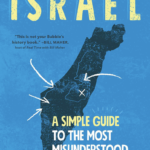
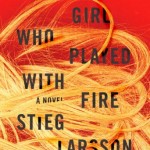
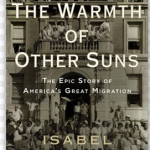
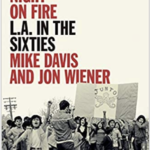


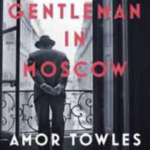
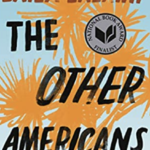
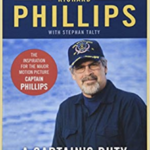



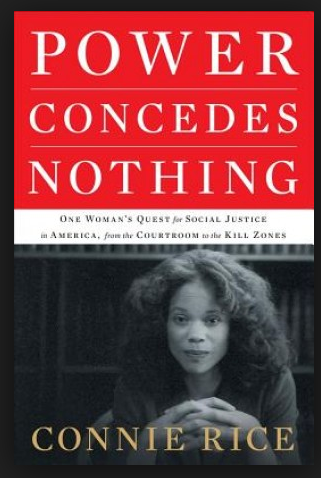
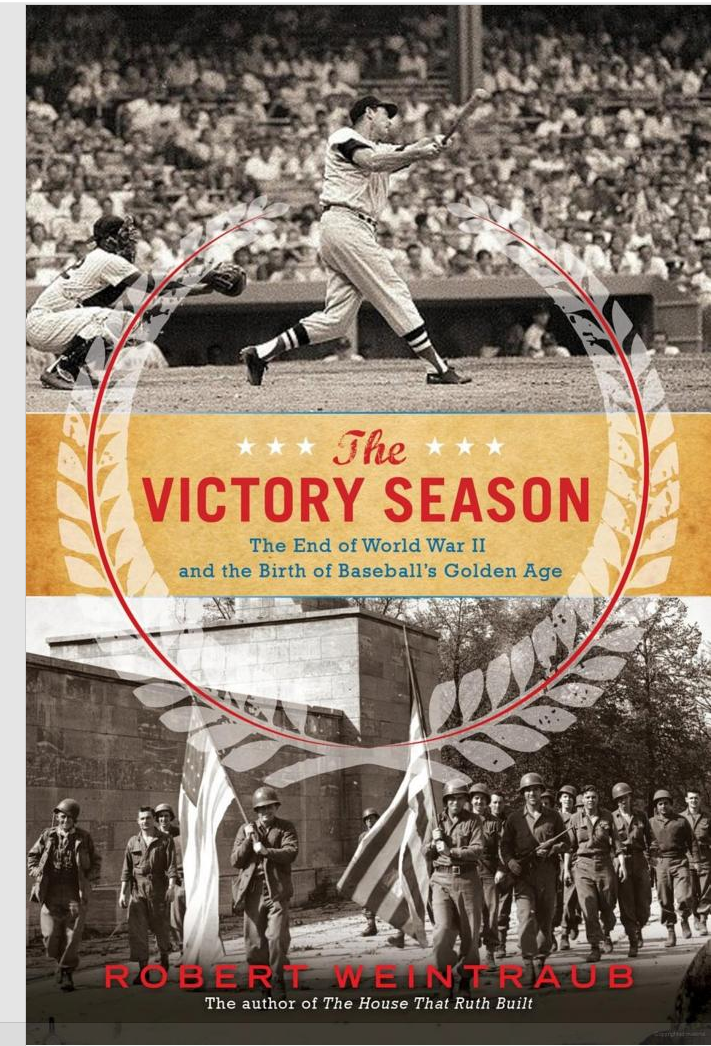
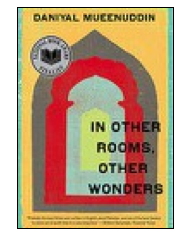 In Other Rooms, Other Wonders by Daniyal Mueenuddin – This is a book of several vignettes all taking place in Pakistan, not that long ago. It is about a place where there are modern feudal landowners and many poor people who work for them as servants, maids, sweepers, gardeners and other misc jobs. Some of the landowners are richer than others but no matter what class you are, you live your life with trials and tribulations. There is corruption everyplace. Everybody can be bought. The poor are essentially slaves to the upper class for whom they work. It is possible to get some reprise with sexual favors to the higher ups/ There is no real justice as people favor their families or people who pay them off. Stealing and lying are very common.
In Other Rooms, Other Wonders by Daniyal Mueenuddin – This is a book of several vignettes all taking place in Pakistan, not that long ago. It is about a place where there are modern feudal landowners and many poor people who work for them as servants, maids, sweepers, gardeners and other misc jobs. Some of the landowners are richer than others but no matter what class you are, you live your life with trials and tribulations. There is corruption everyplace. Everybody can be bought. The poor are essentially slaves to the upper class for whom they work. It is possible to get some reprise with sexual favors to the higher ups/ There is no real justice as people favor their families or people who pay them off. Stealing and lying are very common.